The Only 5 Strength Exercises You’ll Ever Need, Trainers Say
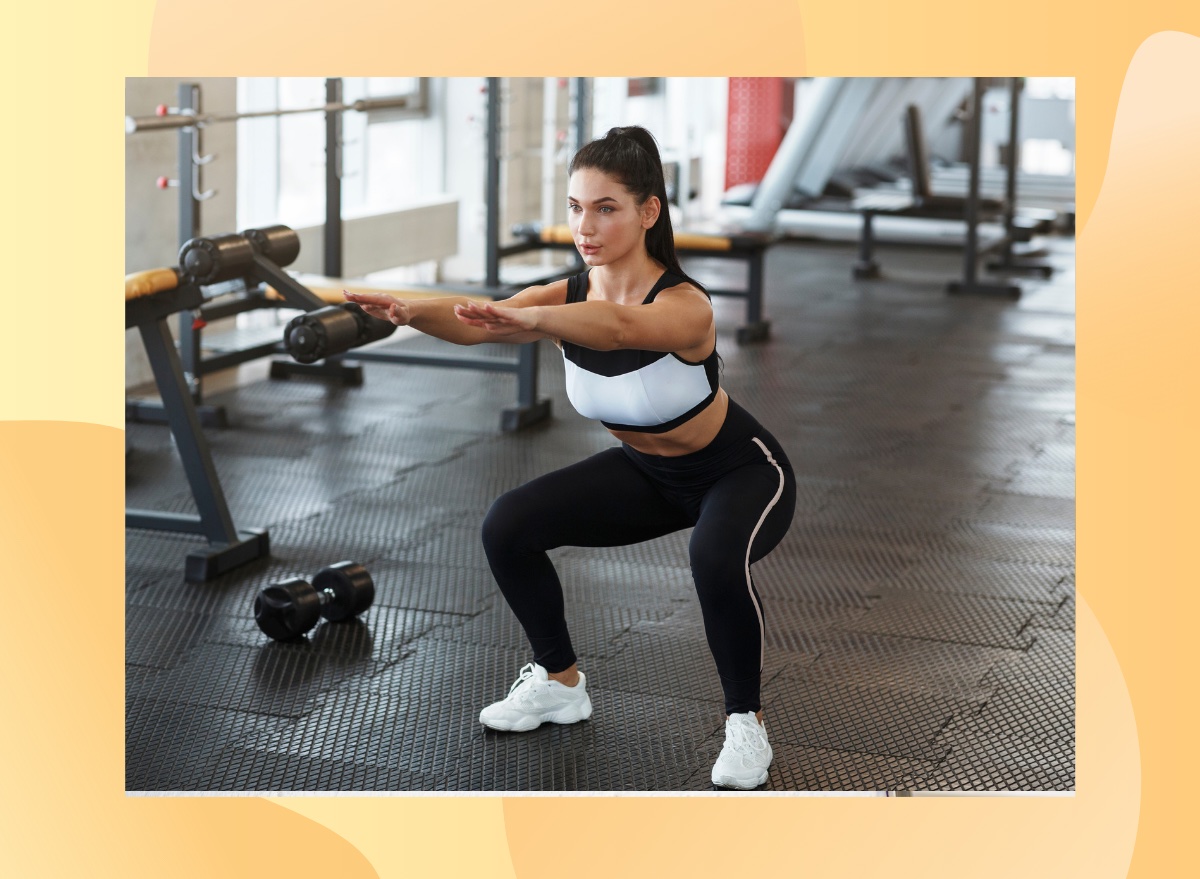
I’ve worked in strength training long enough to know one thing: you don’t need a never-ending list of exercises to get strong. In fact, most people would be better off ignoring 90% of what they see online and focusing on the real foundational lifts. I’m talking about the movements that give you return on investment, the lifts that challenge your whole body, build muscle, boost athleticism, and carry over to almost everything you do.
When I build programs, whether it’s for athletes, busy professionals, or folks just trying to age well, I always start with five fundamental movement patterns. If you do these five well and get strong at them over time, you’ll build a rock-solid base of strength that supports fat loss, muscle gain, and better movement.
In this article, I’ll explain the five exercises I believe are the only ones you’ll ever need to build real-world strength. You’ll also get the low down on each exercise, the best variations, set and rep suggestions, and my go-to strength training tips.
Exercise: Squat
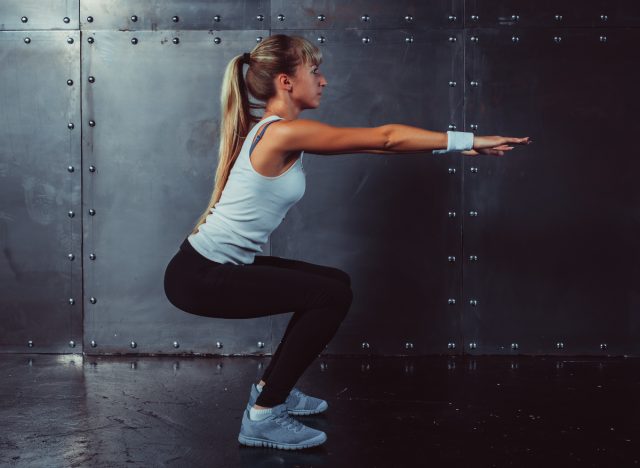
If you can squat well, you can move well. The squat is the king of lower-body exercises, training your quads, glutes, hamstrings, and core simultaneously. It’s a bilateral, compound lift that recruits multiple joints and muscle groups, perfect for building total-body strength. Plus, it carries over to real life: getting off the floor, standing up, jumping higher, and lifting heavy things.
Exploring squat variations lets you train around injuries, target specific muscle groups, or mix up intensity and load. Barbell back squats might be the gold standard, but don’t sleep on goblet squats or split stances to build control and coordination.
Recommended Sets and Reps: Stick to 4 to 5 sets of 3 to 6 reps for strength. Rest for 90 to 120 seconds between sets.
Best Variations:
- Barbell Back Squat
- Front Squat
- Goblet Squat
- Zercher Squat
- Bulgarian Split Squat
Exercise: Rows
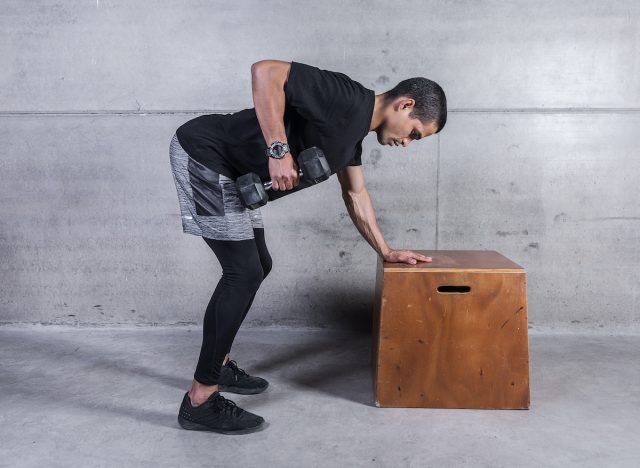
If you’re not rowing, you’re leaving serious strength (and posture) on the table. Rowing builds upper-back thickness, grip strength, and shoulder stability, essential for balancing out all the pressing most lifters love to do. It’s a compound, mostly horizontal pull, and depending on the variation, it can be bilateral or unilateral.
Row variations let you train strength, hypertrophy, or endurance. Plus, rows teach you how to control your shoulder blades, a skill that protects your shoulders in nearly every lift.
Recommended Sets and Reps: For strength, perform 3 to 4 sets of 6 to 8 reps, resting 90 to 120 seconds between sets.
Best Variations:
- Barbell Bent-Over Row
- Dumbbell Row
- Chest-Supported Row
- TRX Row
- Single-Arm Dumbbell Row
Exercise: Deadlifts
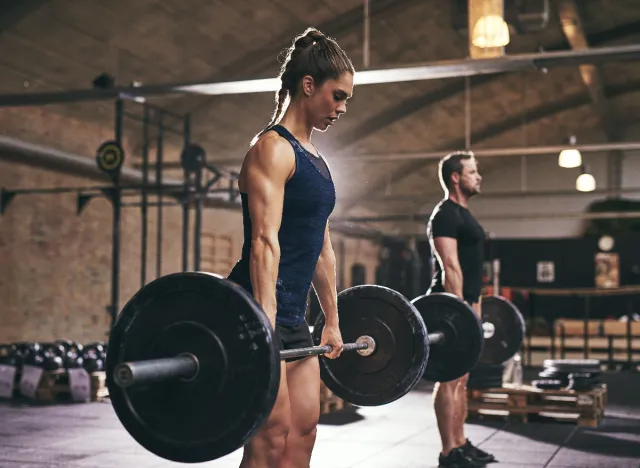
The deadlift is pure strength. It’s about generating force from the ground up and building posterior chain power—hamstrings, glutes, back, traps, and core. It’s a compound, bilateral pull that carries over to everything from sprinting to lifting your kid off the floor.
And no, you don’t have to max out every week. Learning to hinge properly with control builds foundational strength that supports everything else you do.
Recommended Sets and Reps: Stick to 3 to 5 sets of 3 to 5 reps with longer rests (90 to 120 seconds).
Best Variations:
- Conventional Deadlift
- Trap Bar Deadlift
- Romanian Deadlift (RDL)
- Sumo Deadlift
- Single-Leg RDL
Exercise: Presses
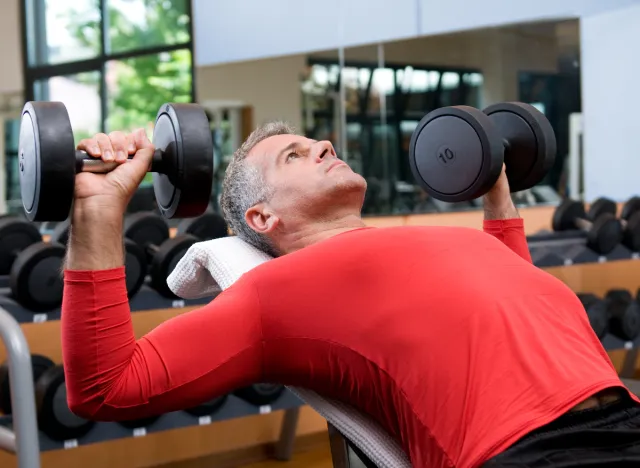
Pressing builds upper-body pushing strength and develops your chest, shoulders, and triceps. Whether it’s overhead or horizontal, pressing challenges your stability and coordination, too. It’s a compound movement, and like rows, it can be trained bilaterally or unilaterally, depending on the tool and setup.
A smart pressing program mixes horizontal and vertical variations and balances dumbbell and barbell work for joint health and strength gains.
Recommended Sets and Reps: For strength, do 4 to 5 sets of 4 to 6 reps, with 90–120 seconds of rest.
Best Variations:
- Barbell Bench Press
- Dumbbell Bench Press
- Overhead Press
- Dumbbell Arnold Press
- Landmine Press
Exercise: Lunges
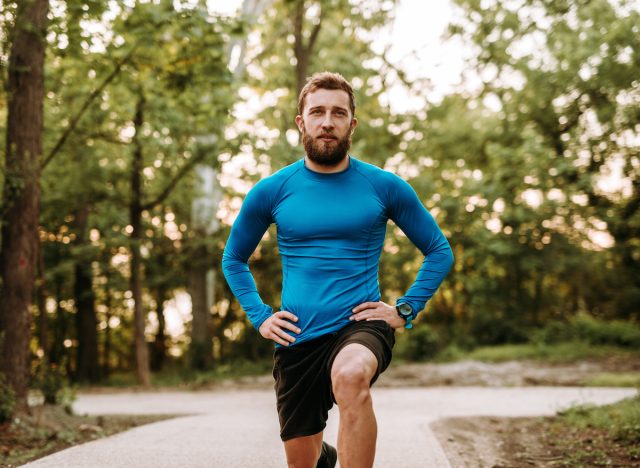
Lunges are the unsung hero of strength training. They challenge single-leg strength, balance, hip stability, and coordination. Since they’re unilateral and compound, they expose imbalances and force each leg to carry its share of the load, something bilateral lifts can hide.
Add them to your routine and you’ll quickly realize how much strength, control, and mental grit they demand.
Recommended Sets and Reps: Start with 3 to 4 sets of 6 to 8 reps per leg, resting 90 to 120 seconds.
Best Variations:
- Walking Lunge
- Reverse Lunge
- Lateral Lunge
- Deficit Lunge
- Split Squat with Forward Lean
The Best Tips for Building Strength:
- Stick with the basics longer than you think: Don’t rush to add flashy new moves. Mastering these five exercises builds the foundation for everything else.
- Lift heavy—but smart: Use progressive overload, but never at the expense of good form. Chase strength, not ego.
- Train consistently: Strength takes time. Hitting these five exercises 2 to 3 times weekly with focus beats sporadic “beast mode” workouts.
- Fuel your body and recover: You don’t build strength in the gym; you build it while recovering. Sleep, protein, and stress management all matter.